The Urban Leaf Bag Hack: How to Scavenge and Prep City Leaves for Free Balcony Mulch
Learn the urban leaf bag hack to scavenge and prep city leaves for free, nutrient-rich mulch for your balcony and…
Read More →Your Guide to Beautiful, Easy Garden Living
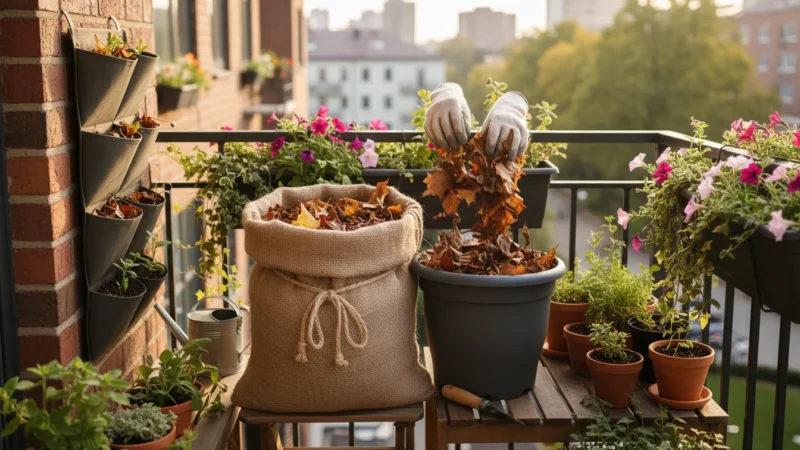
Learn the urban leaf bag hack to scavenge and prep city leaves for free, nutrient-rich mulch for your balcony and…
Read More →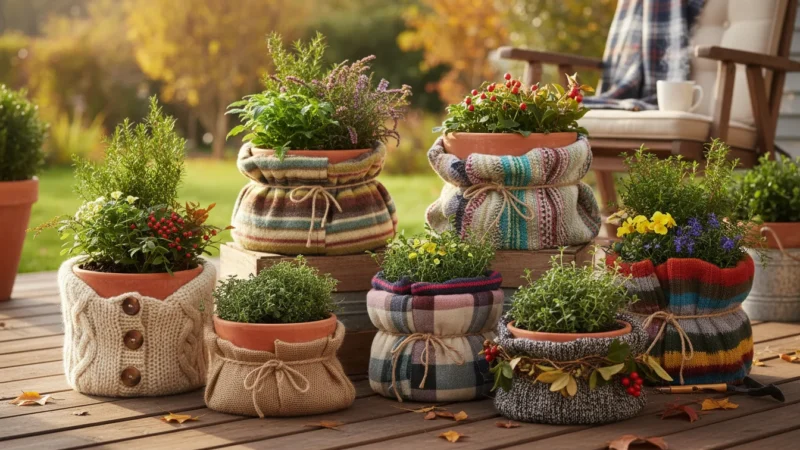
Learn 5 DIY wraps for the 'Sweater Weather' Method to insulate your pots, protect plants from freezing, and prevent cracks…
Read More →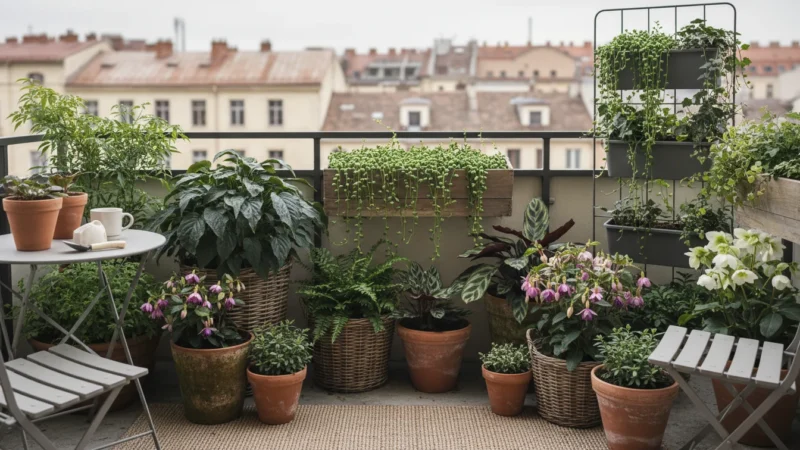
Transform your shady fall balcony with 7 resilient plants that thrive in pots, offering vibrant color and texture without direct…
Read More →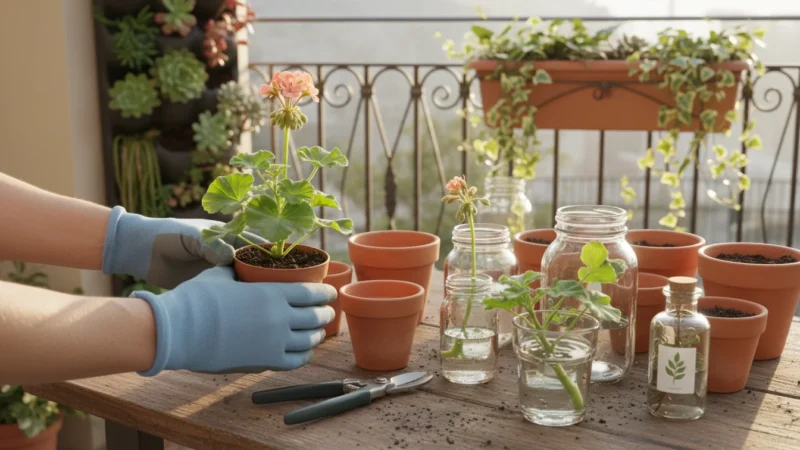
Learn how to take fall cuttings from your potted geraniums and coleus to easily save your favorite plants from frost…
Read More →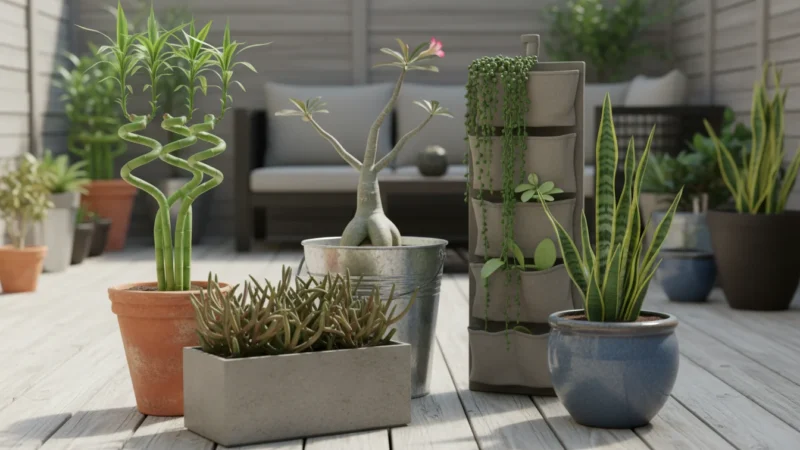
Transform your small space with 5 stunning potted plants that offer vibrant stems and structure, ensuring your balcony stays beautiful…
Read More →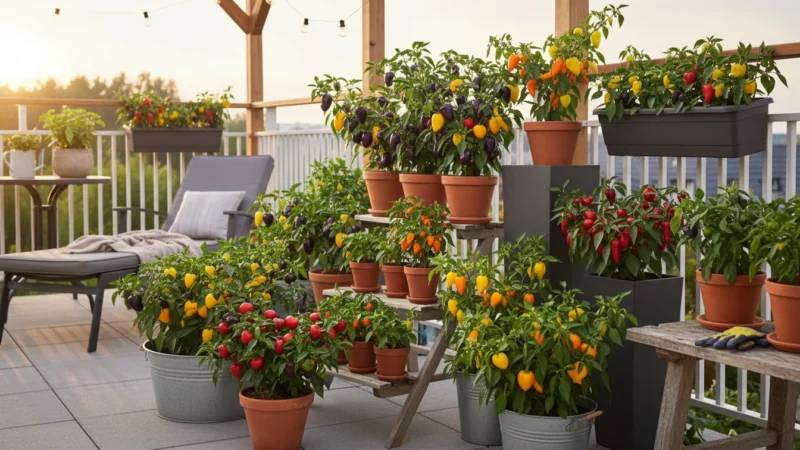
Discover how to grow vibrant ornamental peppers in pots for stunning fall color. Get practical tips for small spaces and…
Read More →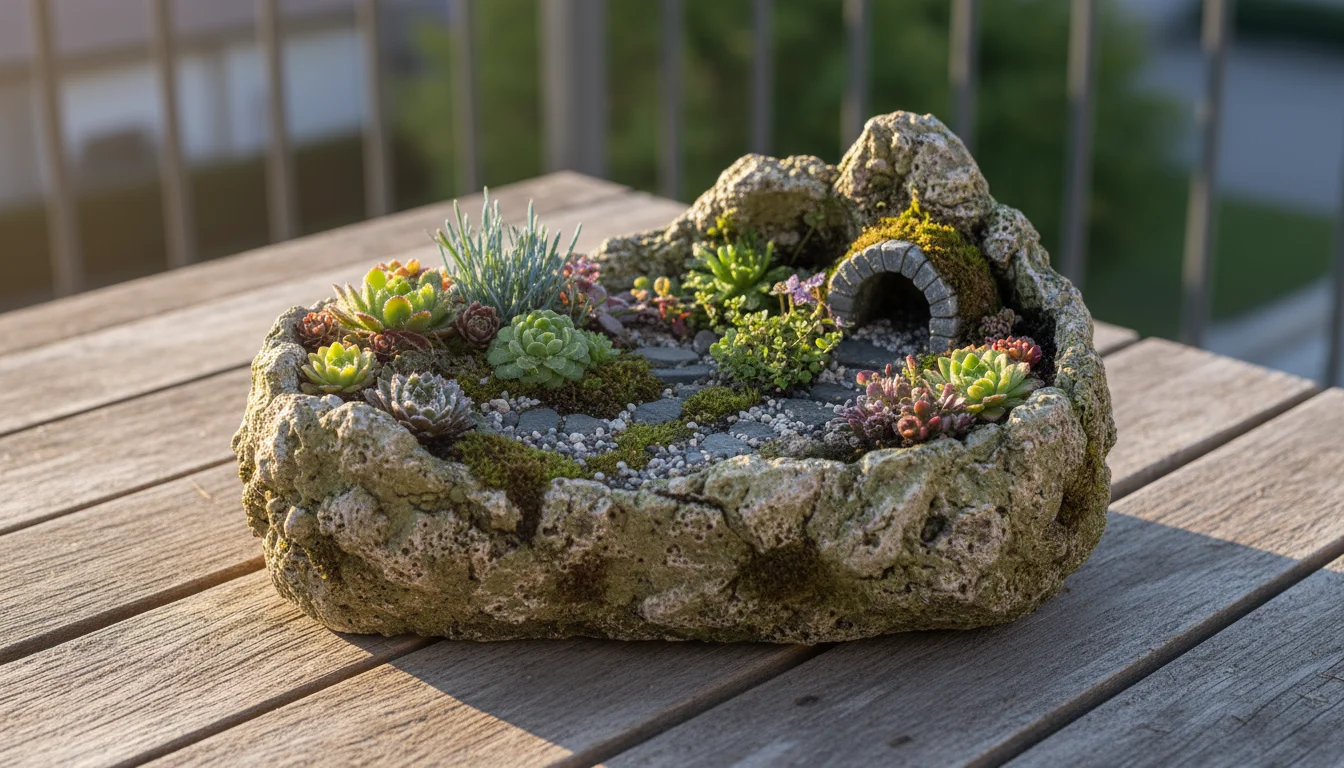
Create a stunning, low-maintenance miniature alpine trough garden on your balcony this fall with our practical guide for small spaces.
Read More →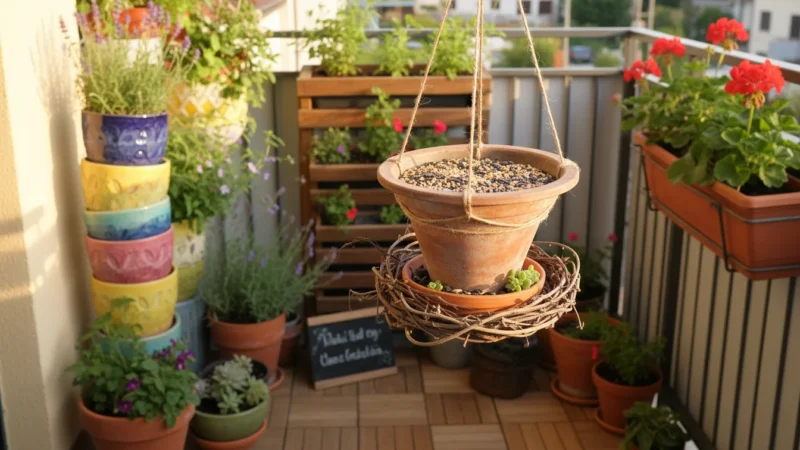
Transform your garden's leftover sunflower heads into a simple, sustainable bird feeder for your balcony, attracting birds and boosting local…
Read More →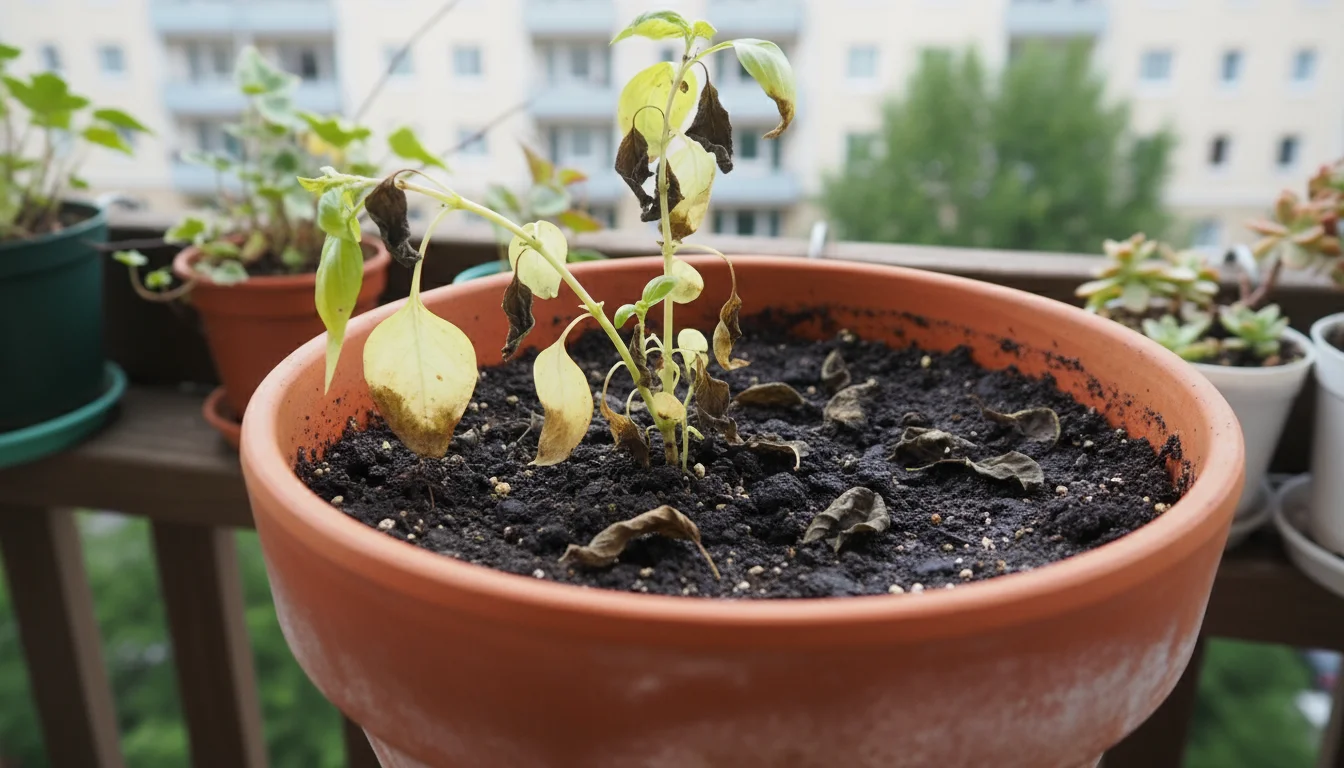
Learn to manage container drainage during heavy fall rains, prevent leaks on your downstairs neighbor, and protect your balcony garden.
Read More →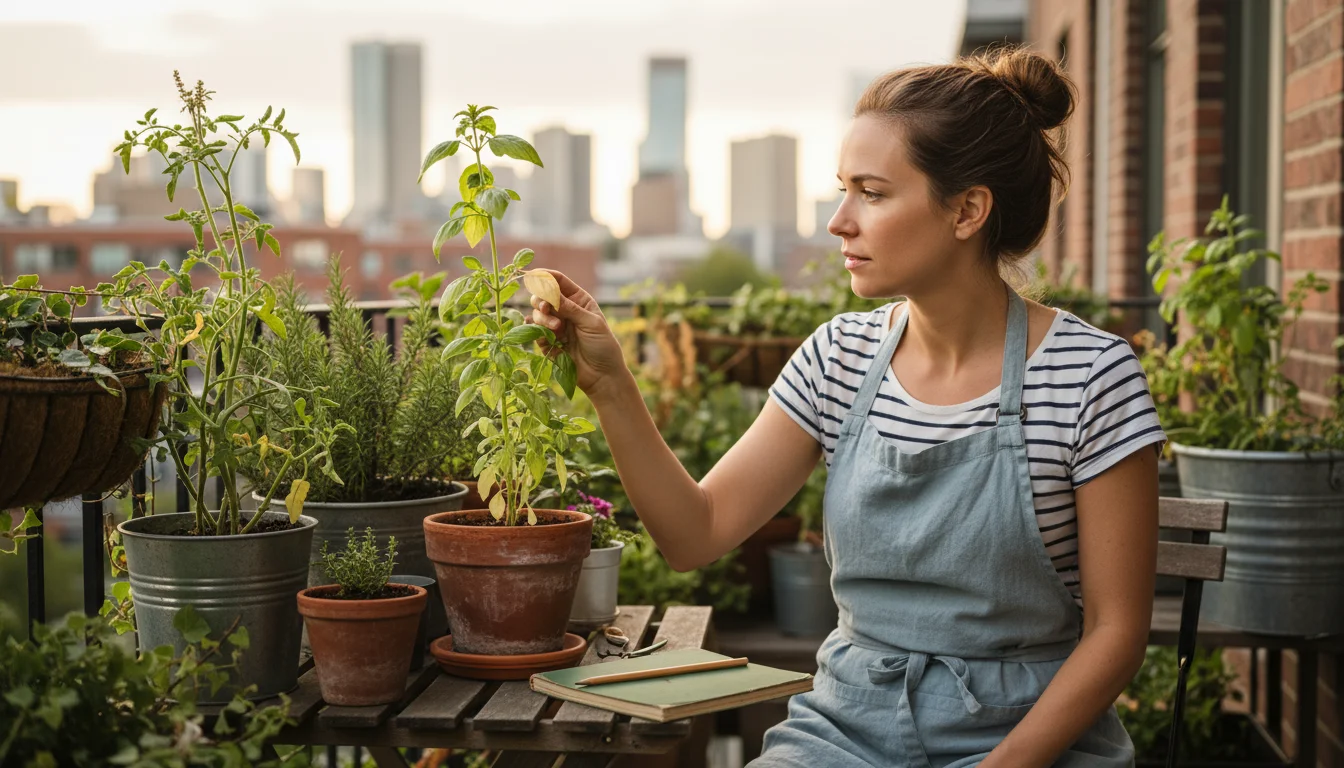
Learn from common balcony garden mistakes this summer. Use a fall regret audit to plan a better container garden for…
Read More →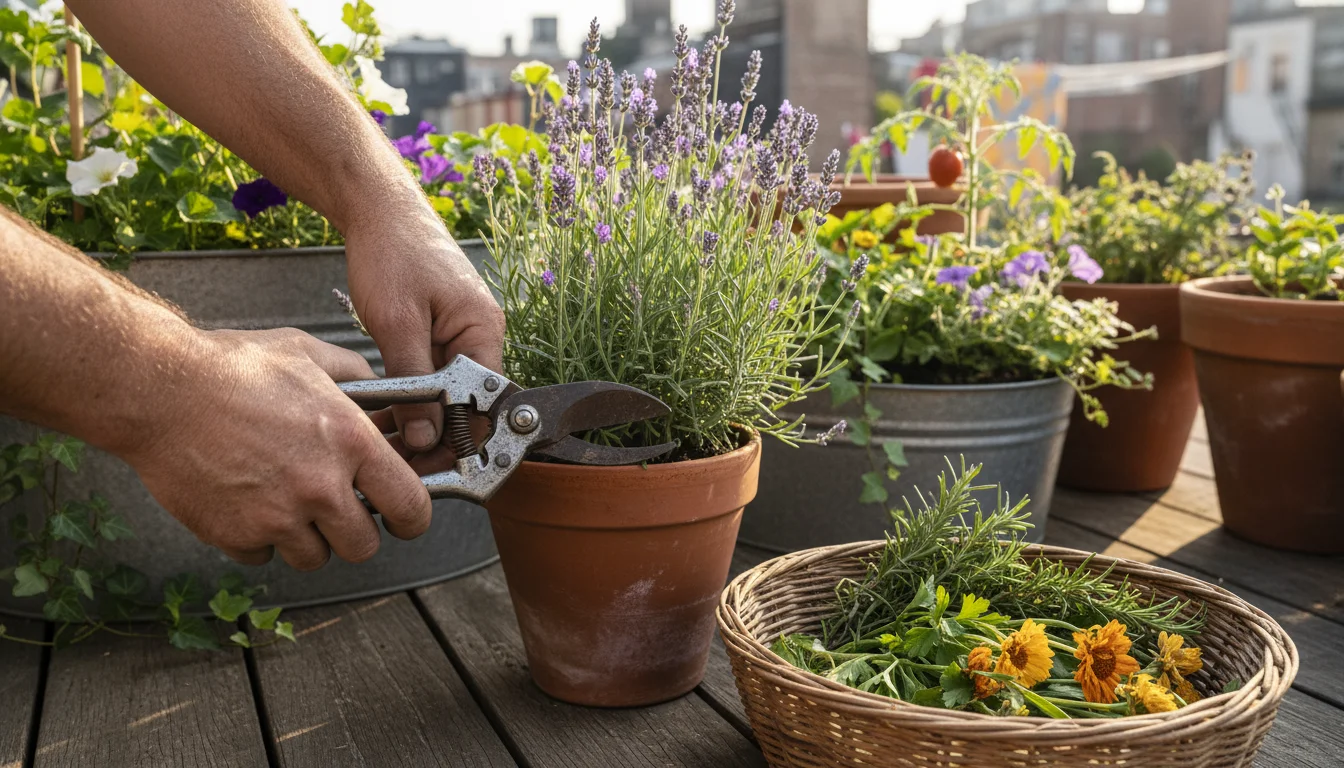
Learn how to dry your garden's final herbs and flowers to create beautiful, natural potpourri for a delightful fall home…
Read More →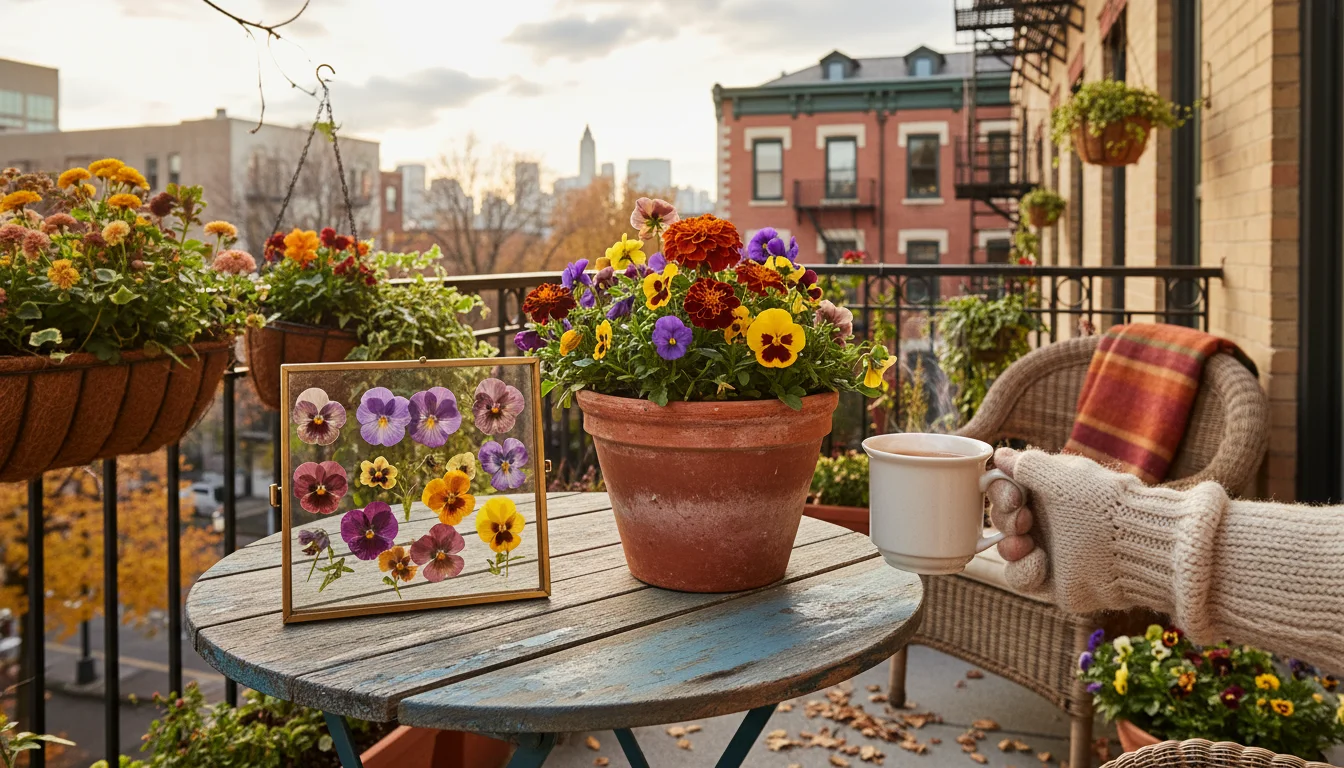
Learn to press and preserve fall container flowers from your balcony garden, transforming them into beautiful bookmarks and crafts with…
Read More →